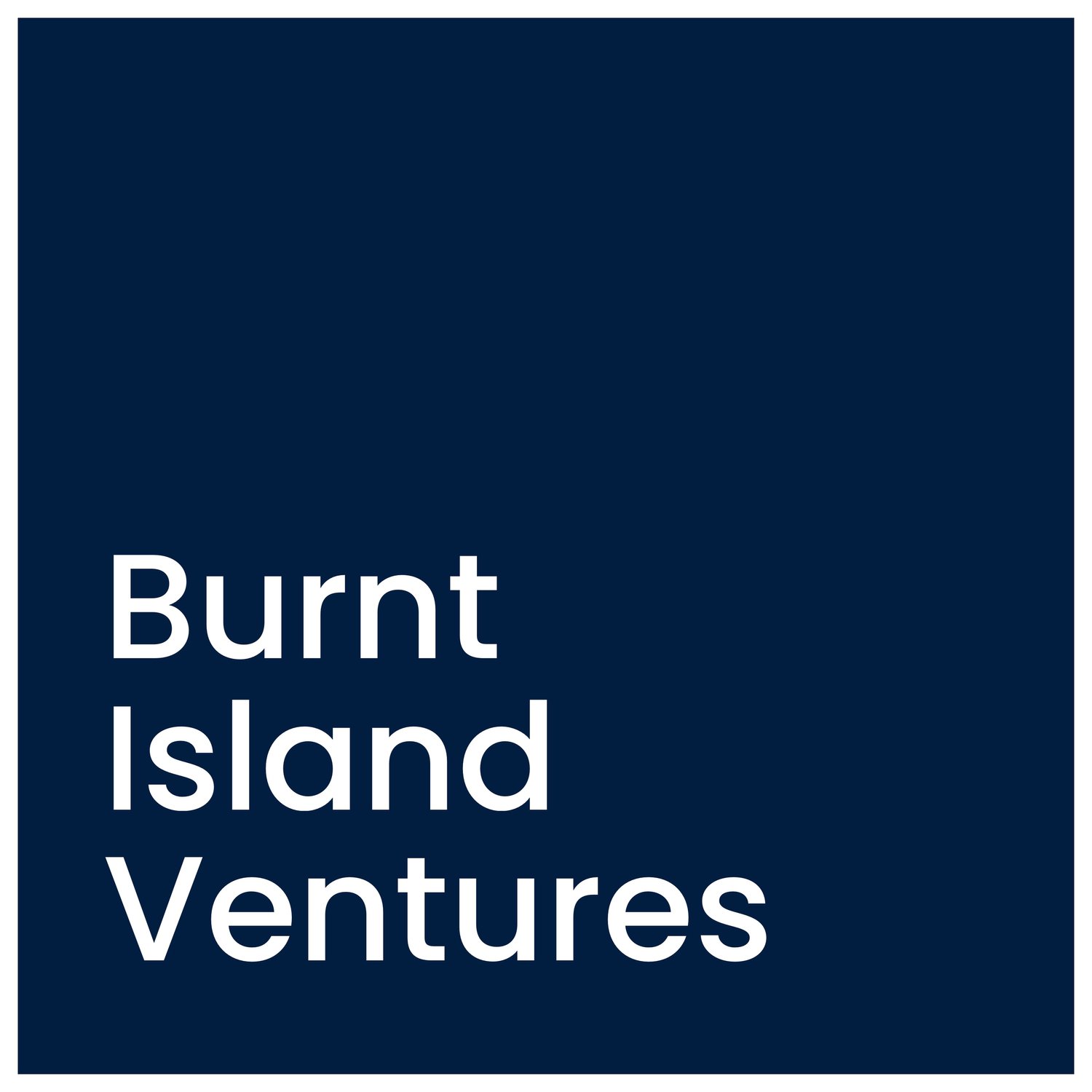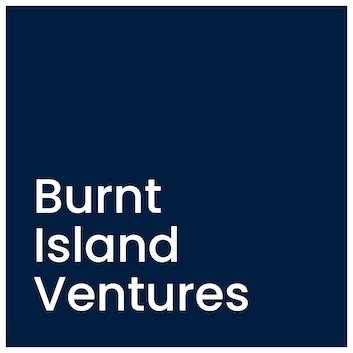IP….woah. A changing game in water’s exit market?
Contrary to the “stay private for as long as you can” wisdom of recent tech history, Tobi Lütke (CEO of Shopify) has a great quote that “being public and trusted is the best possible state for a company”. In an IPO history that is not crowded, June 2021 was a banner month for water company exits to the public markets. Three companies completed successful IPOs:
NX Filtration: (AMS: NXFIL) Raised $198m at a valuation of $650m
Aquaporin: (DC:AQP) Raised $40m at a valuation of $270m
Anaergia: (TSX:ANRG) Raised C$175m at C$812m
In an industry used to private sales at sub-$100m valuations (other than large historical exceptions like US Filter and Zenon), this is very much like London buses (with an extra bus). All three have been resilient in early trading. The NX Filtration and Aquaporin deals in particular bear extra scrutiny.
NXFIL and AQP: Selling a story
Neither NX Filtration and Aquaporin have much of a business yet. NX Filtration took in €1.1m in revenue in 2020, and Aquaporin lost €16m on €0.74m in revenue in 2020. Investors are betting that there will be exceptional revenue growth in both companies with the addition of this public capital. We should be clear that this does NOT apply to Anaergia with $100m in revenue and a $2.8 billion project backlog.
Betting on a Revolution in Water Treatment
All three of these companies focus on the water and wastewater treatment markets (and in Anaergia’s case solid organic waste). The success of the offerings may point to confidence in the water market, both in Europe and the US, where quality concerns abound, particularly around PFAS and other contaminant management. Aquaporin in particular is a bet on the market for treatment at point of use, especially in the home.
Are we sure this is a good idea?
What’s striking is the emphasis on pilot/demo-phase projects - rather than full-scale projects - in the NX Filtration and Aquaporin listings. NX Filtration tout that they have increased the pilot units for their tech from 7 to 23, which for a $650m valuation you would...hope so. Aquaporin is betting on a shot-from-a-cannon revenue trajectory, targeting an 80x increase in revenues by 2024. We hope this doesn’t look like (or become) magical thinking.
Do we know who bought it? And are they trading?
It’s not at all clear who purchased these securities. In the case of NX Filtration and Aquaporin it’s Danish, Dutch and other European investors. Both companies have essentially held steady on (very) low volumes. Anaergia’s underwriters were a strong group of Canadian firms, with relatively heavy initial investment bidding up the price from CAD 14 to almost 20, with volume and price levelling off subsequently.
So why does this matter?
As venture capital investors, these deals (unless they go horribly wrong in the coming years) are good news. Large volumes of capital are finding a home in both strong (Anaergia) and more speculative (NX Filtration and Aquaporin) companies.
At BIV, we expect all of our companies to find an exit through a private sale (either strategics or PE), but to see the additional IPO option this early in our lifetime is hugely encouraging. We see three particular takeaways from this news:
Water is a saleable narrative to the public markets. Two of them sure weren’t selling their current economics. It’s difficult to prove in any quantifiable way other than by pointing at the outcomes, but the results of these IPO bode well for broader public markets interest in the water theme. When you put it alongside an ever-growing corpus of water stories, we are starting to see the attention we know the sector deserves.
This could be strong early signs of ESG capital finding a home in water, and water doesn’t provide a lot of public options. There is more than enough room for alternative (and growth) tickers in domestic and global mutual funds alongside Xylem, Suez, Evoqua, Veolia American Water etc. It also helps these are relatively big chunks of capital for investors. There may be lessons in there for the best emerging companies.
The deals raise the possibility of early liquidity at far higher levels than we have ever seen in water. For BIV hardware companies like ZwitterCo and Aquafortus this is encouraging, and given the market sizes and velocity in companies like Daupler, StormSensor, SwiftComply, Ziptility and NLine Energy, there is no reason these numbers can’t be encouraging outside hardware. A long way to go, but we’re hoping conditions persist for all our portfolio.
Oh, and - 4. Their Investment Bankers did a hell of a job.

